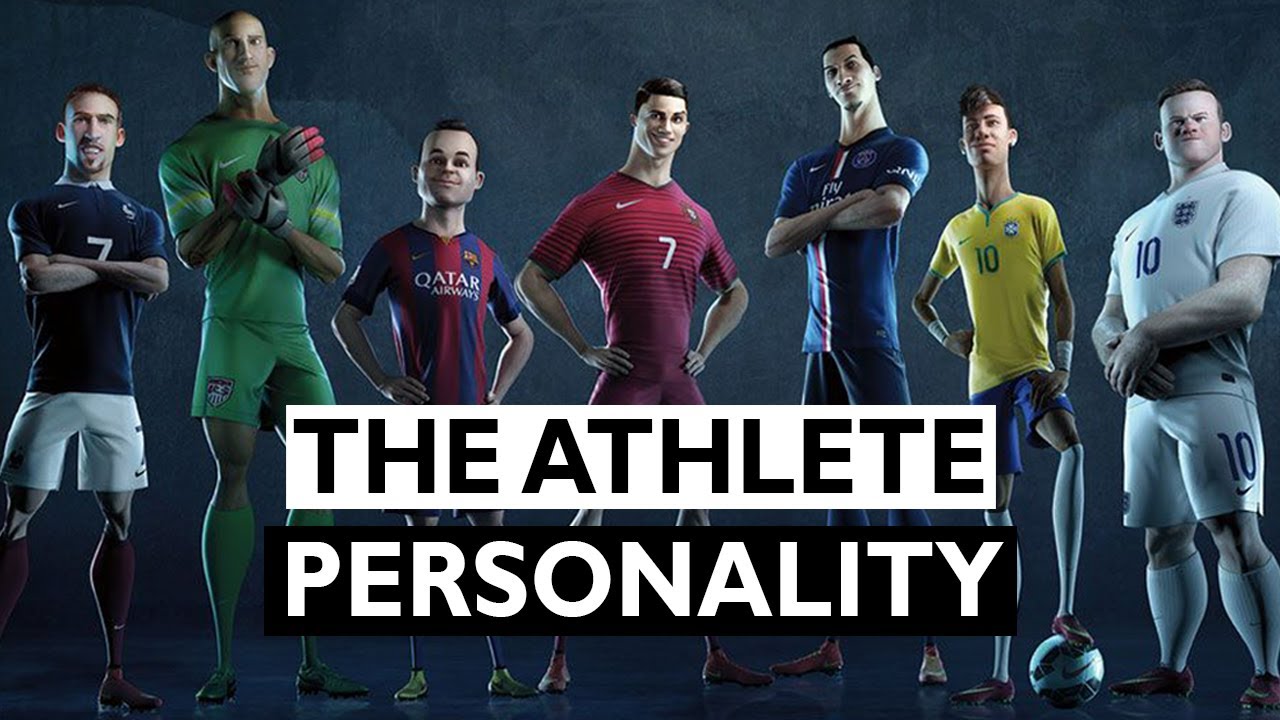When it comes to sports, the media plays an important role in portraying sport personalities. Whether it is on TV, newspapers, or social media, the way athletes are presented has a significant impact on their image and reputation. In this article, we will look at how sport personalities are portrayed by the media.
The Positive Side
The media has the power to create heroes out of sports personalities. Athletes who achieve great things on the field are often portrayed as role models and inspire millions of fans. Tiger Woods, for example, is a golf icon who has won several major titles. He has been portrayed by the media as a symbol of excellence and hard work.
Similarly, Olympic medalists like Usain Bolt and Michael Phelps have been celebrated for their achievements, and the media has helped to build their brand and reputation. Bolt, known as the fastest man on earth, has been a media darling for over a decade now, and his sportsmanship and charismatic personality have helped him gain immense popularity.
The Negative Side
On the other hand, the media can also paint sport personalities in a negative light. Athletes who fail to meet expectations or get caught in scandals are often portrayed as villains. Their reputation can be tarnished, and they may find it challenging to regain their credibility.
Lance Armstrong is a prime example of how the media can turn on an athlete. Armstrong, a seven-time Tour de France winner, was found guilty of using performance-enhancing drugs. The media portrayed him as a cheat and a liar, damaging his reputation forever. Similarly, Tonya Harding, an Olympic figure skater, was portrayed as a villain after she was implicated in a scheme to harm a fellow competitor.
Social media has only added to the scrutiny that sport personalities face. Athletes can now connect with fans directly, but this also means that they are under constant surveillance. Any misstep or controversial opinion can be quickly amplified and shared widely, making it difficult for athletes to control their public image.
Take, for example, Kevin Durant, a basketball superstar who has been known to engage with fans on social media. In 2017, he mistakenly used a third-person account to defend himself against critics, and the media jumped onto the story, portraying him as thin-skinned and insecure.
Conclusion
In conclusion, the media has a significant impact on how sport personalities are portrayed. While the media can create heroes and inspire millions of fans, it can also tarnish an athlete's reputation and brand. With the rise of social media, athletes now have to be more careful than ever about their public image. It is crucial that sports personalities are presented fairly and accurately by the media to ensure that they are judged on their achievements and not on sensational headlines.

